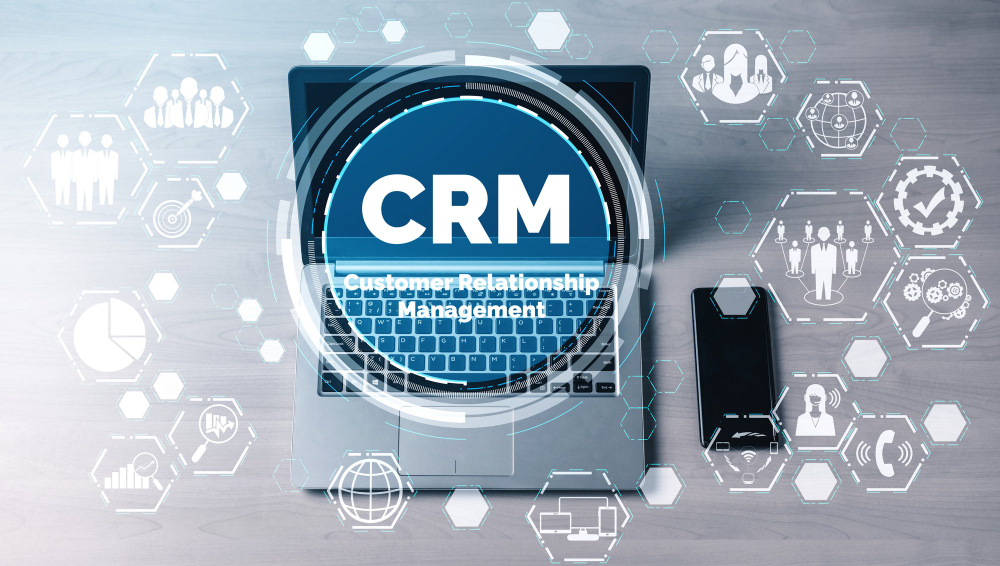Data-driven decision-making was once only the province of multinational corporations. Today, businesses of all sizes can generate and analyze vast amounts of data due to cloud computing and the ever-increasing democratization of technology.
With 5G networks and new methodological approaches such as DataOps, companies with privately hosted servers will continue to move their use cases, data, and analytics to the cloud in 2022.
With just a couple of months of 2022 left, it’s a great time to look ahead and consider the changes we might see in the next year and how modern data engineers should prepare. A lesson learned from the past is that one of the biggest challenges of working in this industry is keeping on top of the changes.
Here are some of the most important concepts you should understand in the next year if you’re a data operations engineer.

Table of Contents
1. Moving from Open Source to SaaS
Individuals may love open-source software because of its ideals and communal culture, but companies always have two clear reasons for choosing it — cost and convenience. However, open-source software is no longer dominant in any of the above factors. SaaS and cloud-native services have taken over.
In addition to infrastructure and updates, SaaS vendors handle maintenance, security, and updates. The serverless model avoids the high human costs of managing software while enabling engineering teams to create high-performance, scalable, data-driven applications that meet internal and external requirements.
Data analytics will continue to be a hot topic in 2023. It won’t be easy to see all of the changes right away. Cultural shifts are often subtle yet pervasive. Nevertheless, the transition from open source to SaaS will have transformative effects and generate significant business value.
2. Aligning Data Teams and Developers
Developers quickly discover two things when they start building data applications:
- They aren’t experts in managing or utilizing data
- They require the assistance of data engineers and scientists
Data and engineering teams have long been independent. The lack of collaboration between data scientists and developers is one of the reasons ML-driven applications have taken so long to emerge. Inventions, however, are born of necessity.
It is becoming increasingly difficult for businesses to operationalize their data without all manner of applications. For developers to take advantage of data, they will need to work together with data engineers and adopt new processes.
This alignment may take some time, but it won’t be as hard as you think. In the end, DevOps was born out of the desire for more agile application development. Data-driven applications will be developed more quickly and efficiently as companies restructure to align their developers and data teams in 2023.
3. Data-Driven Apps Replacing Dashboards
More than a decade has passed since analytical dashboards were first introduced, and they are becoming outdated for several reasons. First of all, most are built using data pipelines and batch-based tools. By real-time standards, even the freshest data is already obsolete.

It is certainly possible to make dashboards, services, and pipelines that support them more in real-time, thus reducing data and query latency. However, human latency remains a problem. Compared with computers, humans are painfully slow at many tasks, despite being the most intelligent creature on earth.
Over two decades ago, Garry Kasparov learned that against Deep Blue, and businesses are now discovering it as well. The bottleneck is humans, not dashboards, so what is the solution? Real-time data-driven apps that offer personalized digital customer service and automate a wide range of operational processes. The year 2023 will likely see many companies rebuild their operations to be more agile and fast.
4. Machine Learning Abstraction
Over the past few years, machine learning (ML) techniques have become more abstract so that they can be used relatively easily by people without a hard-core data science background. Over the past several years, serverless technologies have replaced manual coding and manually building statistical models.
These machine-learning techniques have been introduced into the SQL world as well. Many data analysis technologies support some form of SQL interface because this makes them more accessible in one way or another.
The first step to performing ML on your data is to move it from a data warehouse to another location. First, you’ve spent time and effort preparing and cleaning your data in the warehouse, only to have it exported to another repository.
In addition, you must find a suitable storage facility for your data to build your model, which is often a further expense, and if your dataset is large, exporting it may take some time.
Whether you are using a real-time analytics database or a data warehouse, chances are the database you are using is powerful enough to perform ML tasks and can scale accordingly. Through SQL, this technology can be exposed to more people in the business, and the computation can move to the data.
5. Reverse ETL Tools
By 2023, all modern companies will have cloud data warehouses such as BigQuery and Snowflake. What now? Most likely, you’re using your data warehouse to drive BI dashboards. The problem is that your sales team doesn’t live in your BI tool.
You have already put much effort into setting up your data warehouse and preparing data models for analysis. Data must be synchronized directly to the tools your business team members use daily to solve this last-mile problem and ensure your data models are being used. These tools include ad networks, CRMs like Salesforce, email tools, and more.

Data engineers don’t like to write API integrations for Salesforce, so reverse ETL tools enable them to use SQL to send data from their warehouse to any SaaS tool without writing any API code. Why now, you might ask?
In the past decade, first-party data (data collected directly from customers) has become increasingly important. Apple and Google have changed their operating systems and browsers this year to prevent identifying anonymous traffic to protect consumer privacy (affecting over 40% of internet users).
To optimize their algorithms and reduce costs, companies must send their first-party data (such as which users converted) to ad networks like Google & Facebook. Activating your first-party data and turning your data warehouse into your business center has never been more important or more accessible, with increased privacy concerns, improved data modeling stacks (like DBOT), and reverse ETL tools.
